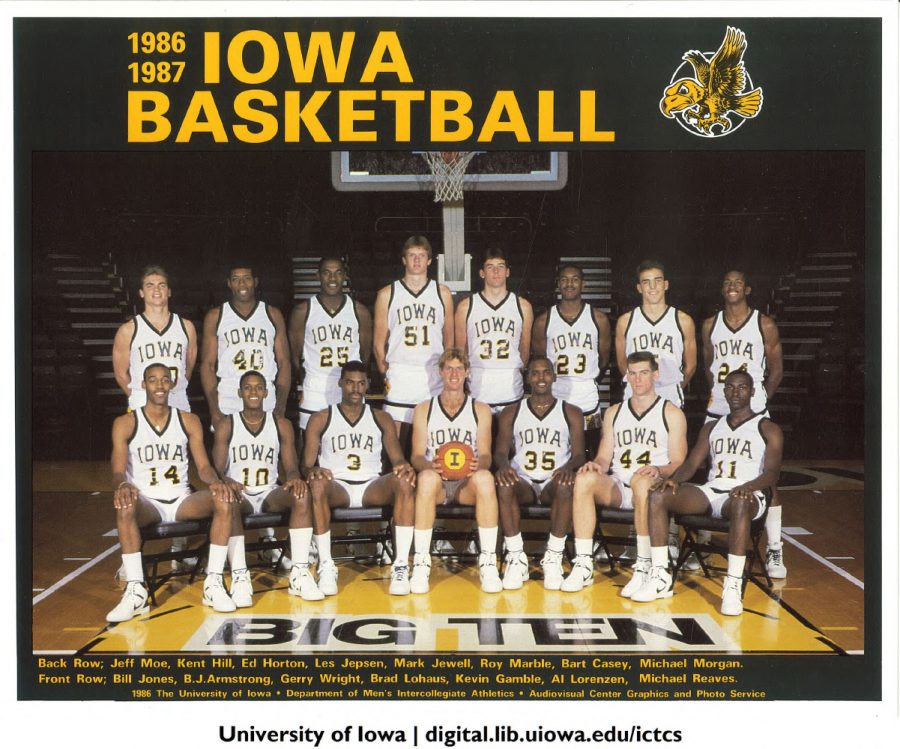Urban farming is the perfect solution to cultivating a relationship between consumers and food in an urban setting.
By Dot Armstrong
Providing produce for yourself and your community is downright patriotic. Think Victory Gardens of the 1940s — taking responsibility for local food production is an American tradition. And urban farming, a hot topic among environmentally conscious city dwellers, is certainly not a new thing. Ever since tenement residents used their New York window boxes as tomato planters in the 1890s, urbanites have been repurposing the concrete jungle as a place for cultivating food.
According to recent census data, more than 80 percent of Americans live in cities. Most of those Americans get their produce from far-flung locales or not at all. Meanwhile, abandoned buildings and unused basements abound.
Urban farming initiatives combat both issues. Local produce grown in “spare” spaces results in less waste and forges transparent relationships between grower and consumer. The usual variables apply in this case: time, money, scale. And here in Iowa City, residents have been negotiating those variables.
Urban farmers such as Ted Myers and Chad Treloar understand the importance of scale. The co-owners of Urban Greens solved the problem by cultivating really tiny vegetables. Myers and Treloar sprout microgreens, which grow quickly and take up few resources. Microgreens are happy indoors or out, germinate in 10 to 14 days, and basically require soil and a light source to thrive. They are the epitome of low-maintenance, thus making them perfect candidates for urban farming.
You might not even need to start your own microgreen garden to get in on the urban-farming trend. If money and time are a concern, Community Supported Agriculture is the way to go. Joining a such a program gets you in touch with farmers in your area, serving as the first step in sustainable agriculture. Outfits such as Jon Yagla’s Millet Seed Farm at 911 S. Seventh or Bonnie Riggan’s Calico Farm at 1380 N. Dodge cultivate more than just food — they alter the community’s ideologies about food consumption and production.
Yagla, for example, runs his farm like a homestead, subsisting on produce grown on his Iowa City property. Yagla’s plan offers community agriculture boxes at $25 per week for each 30-week growing season, along with starts for home gardens and educational information about everything from canning to raising chickens. The boxes include indigenous, in-season foods, encouraging Iowans to appreciate the climate zone in which they live by consuming its bounty. At Millet Seed Farm, the emphasis is on learning how to eat within your means, within your community, and within your urban space.
Finding space in the city for growing food challenges typical ideas about land use and encourages sustainability. Urban farming stands in defiance to cycles of construction and demolition, proposing that abandoned or “spare” spaces can be more than just surplus area. Urban farming counteracts the ravages of Big Ag by prioritizing local, responsible growing on a human scale. Urban farming, most importantly, creates lasting relationships around food production, education, and consumption. Sow seeds of sustainability by joining or supporting the urban-farming movement. Dare I say it — make America green again.










